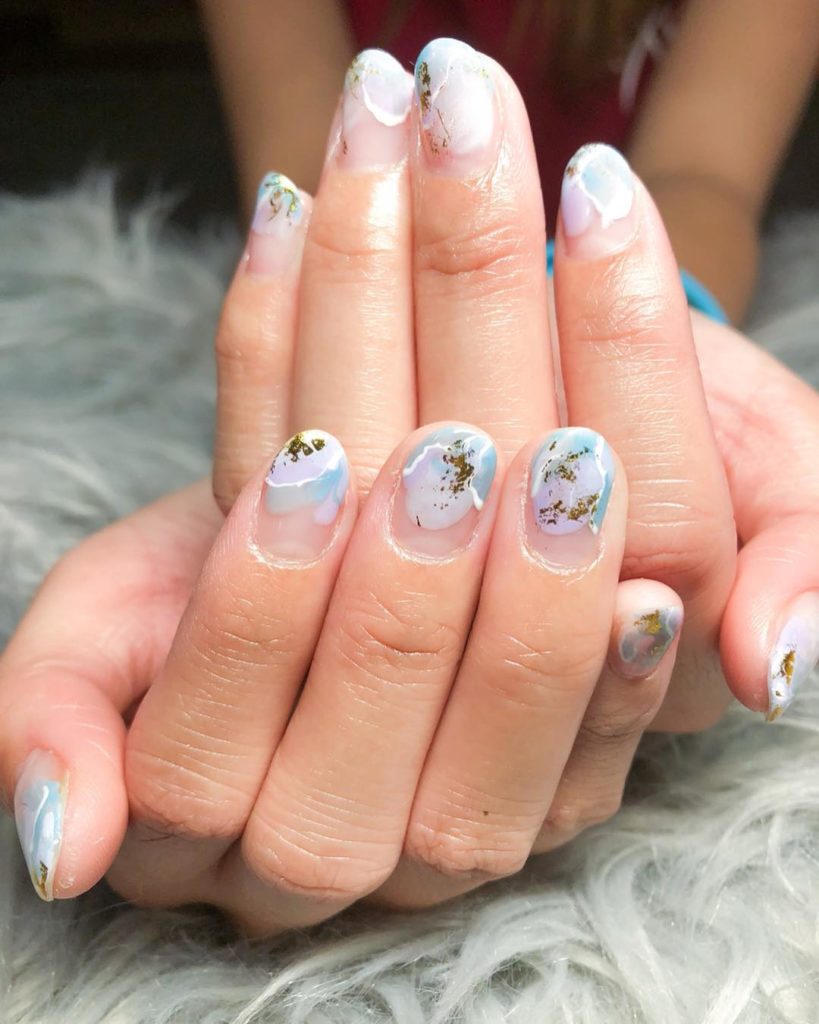Here are all the unapproved, untested and almost certainly dangerous techniques you can try to help your dog manage their nails. Please keep in mind, that any tips or products listed below have not been tested on your dog.
1. Falsifying Her Finger Nails With Phew There’s something called phew which can be used to fake nail growth and help you edit a painful bark. You can even use this to do your dog’s nails at home. Well, maybe. Pets can often get tangled up, so if the a-ha moments don’t work, try a plastic sealant, or rub petroleum jelly onto the dog’s nails.
2. Marinic Acid-Hydroquinone Combinations Your dog does love applying their nails to doggie bowls or kitty litter balls. And while we all know not to put household products directly on to your dog’s fur, there’s a reason a-ha moments don’t always work, and it’s probably got to do with how the product interacts with the skin. Marinic acid is actually very irritating, and Hydroquinone isn’t registered for use in dogs, according to the American Academy of Veterinary Dermatology (VAVD). There’s also the fact that the FDA has said the ingredient can interfere with the body’s receptor systems, possibly leading to kidney damage. While other ingredients in Marinic Acid might be OK, try something else or make sure to read and abide by all product labels before you use this on your dog!
3. Antibacterial Liquid Nitrogen / Superglue Scrub Both products are extremely common in the natural hair care industry. But after taking a look at the ingredients, which include sodium bicarbonate, acetone, and apron plating/drying powder, not to mention the fact that they deplete the dog’s thyroid gland, do you really want to expose your pets to this? Just make sure to read the fine print and follow the process it recommends before applying anything yourself or in your pets mouth.
4. Hand Stipulation Try this method if your dog is coming up for air. To curb the pain of their nails, you can put a tiny tweezer on their paw or toe to flatten them (but don’t use any other sharp or rusty scissors to do this). 5. Sneezes and Infections Using acupuncture or cortisone shots isn’t a huge stretch, but pet owners have had bad reactions to such methods. Doctors may advise on the use of creams or ointments, to which your pet will also respond. 6. Dry Massage Anyone who has a sensitive-to-the-skin dog will know just how discomforting they can be. Dry shampoo is a bit of a last resort, but you can at least soak their feet in something to help soothe them. 7. Eyelash Sharpener Dip dry hair in alcohol. Dip their fingertips in nail clippings. Snip their nails to elongate them, and dry the excess hair on their nails. Be sure to opt for dry and only occasionally wet, especially if your dog is sensitive to chemicals. 8. Baking Soda If you have a sensitive dog, try baking soda instead of salt for hair treatment. Don’t mix the products together, though. Tempting as it may be, salt can damage your pet’s skin, make them resistant to more toxic products like topical sunscreen, and may leave them all sorts of rashes. 9. Make a Frosted Pet Cake Frosting does seem like a natural way to help soothe a licky paw, but try to check the label and note that it may contain pesticides. 10. A (Generously) Gently Scrubbed Paw Everything you know about abrasive pumice stone won’t help here. It’s too abrasive and could actually be harmful to your dog’s skin.


0 Comments on "Hypoallergenic Methods For Hand Nails"